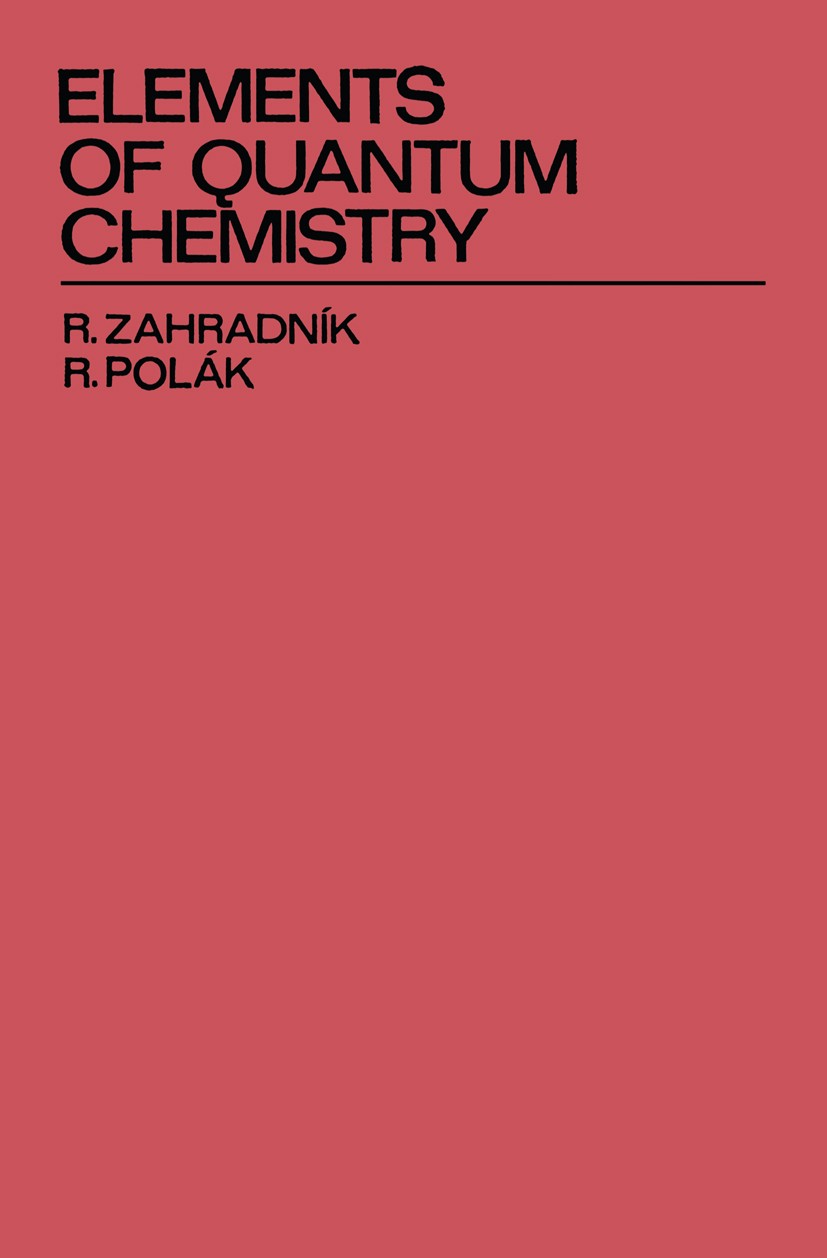| 书目名称 | Elements of Quantum Chemistry |
| 编辑 | Rudolf Zahradník,Rudolf Polák |
| 视频video | http://file.papertrans.cn/308/307631/307631.mp4 |
| 图书封面 |  |
| 描述 | The post-war generation of chemists learned to handle a blow pipe at the university as thoroughly as modern chemistry students learn to write computer programmes. Even after World War II the rule of three was considered to be sufficient mathematical knowledge for chemists and the short course of "higher mathematics" at technical universities was the test most feared by chemistry students. However, even then some en visaged the theoretical derivation of information on the properties of molecules from knowledge of the bonding of the component atoms. During the last quarter of this century, amazing changes have occurred in chemistry, some of them almost incredible. Dirac‘s famous clairvoyant statement* has been partially realized. Incorporation of quantum mechanics into chemistry encountered numerous difficulties. After all, the reserve of experimental chemists is not surprising. For decades the hydrogen and helium atoms and the hydrogen molecule belonged among the systems most frequently investigated by theoreti cians. Later these systems were supplemented by ethylene and benzene. The authors of this book can therefore recall with understanding the words of the late Professor Lukes |
| 出版日期 | Book 1980 |
| 关键词 | bonding; chemical bond; photochemistry; physical chemistry; quantum chemistry; spectroscopy |
| 版次 | 1 |
| doi | https://doi.org/10.1007/978-1-4613-3921-2 |
| isbn_softcover | 978-1-4613-3923-6 |
| isbn_ebook | 978-1-4613-3921-2 |
| copyright | Rudolf Zahradník, Rudolf Polák 1980 |
 |Archiver|手机版|小黑屋|
派博传思国际
( 京公网安备110108008328)
GMT+8, 2025-12-25 07:20
|Archiver|手机版|小黑屋|
派博传思国际
( 京公网安备110108008328)
GMT+8, 2025-12-25 07:20


